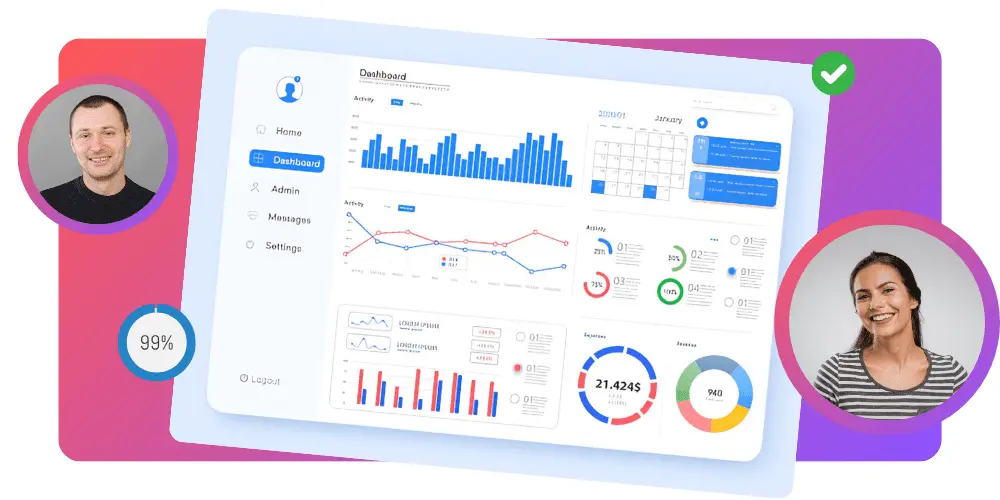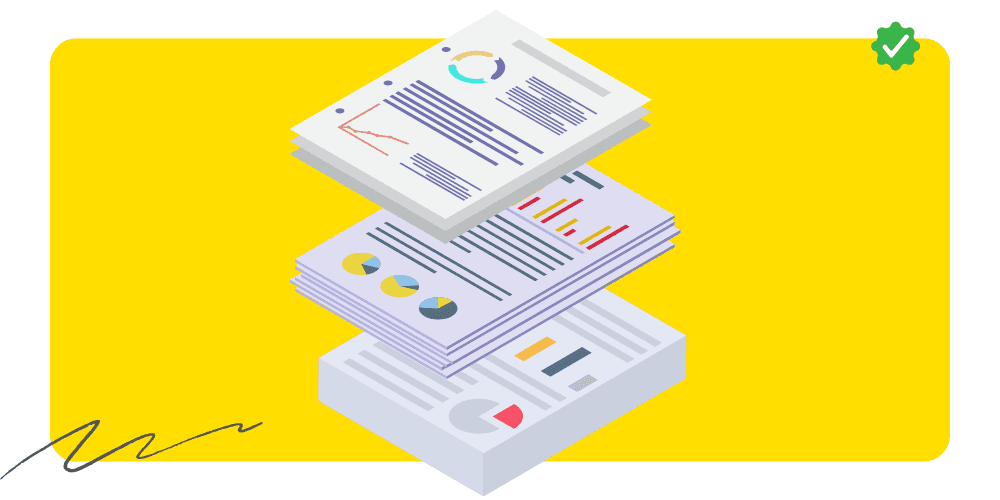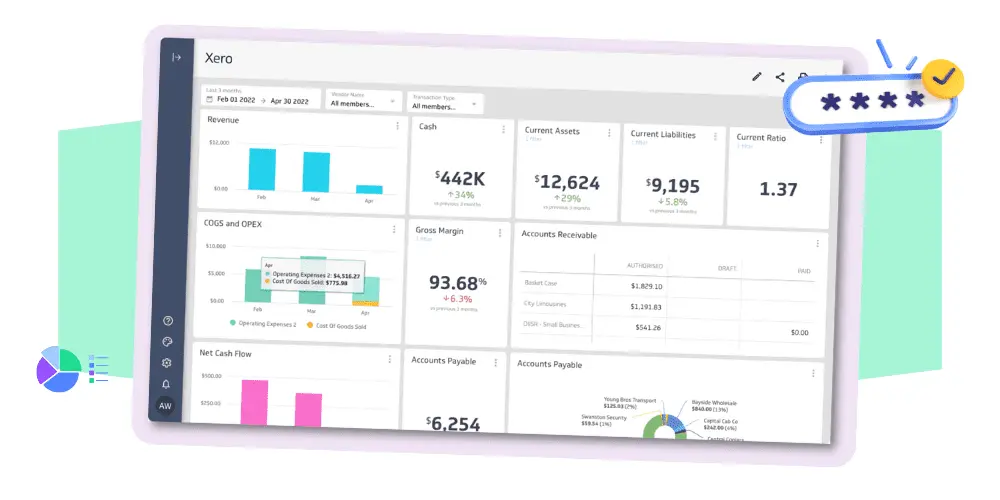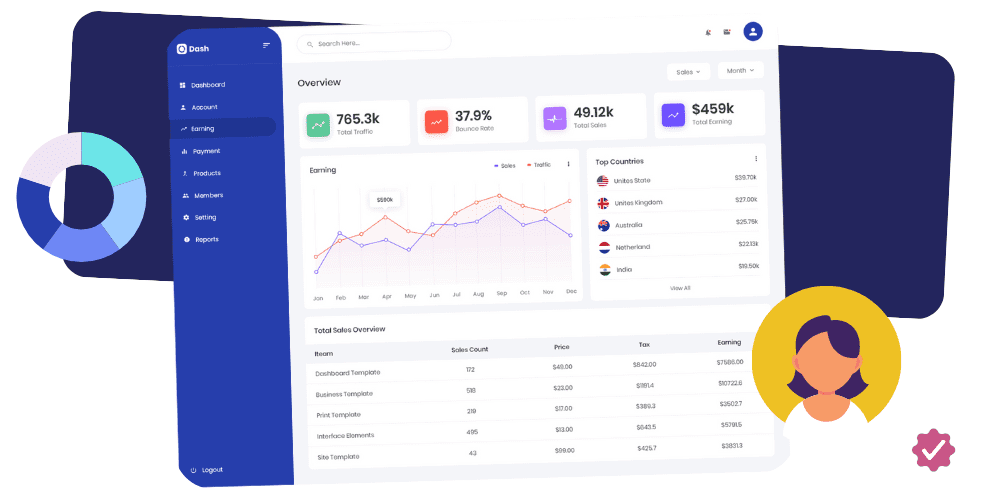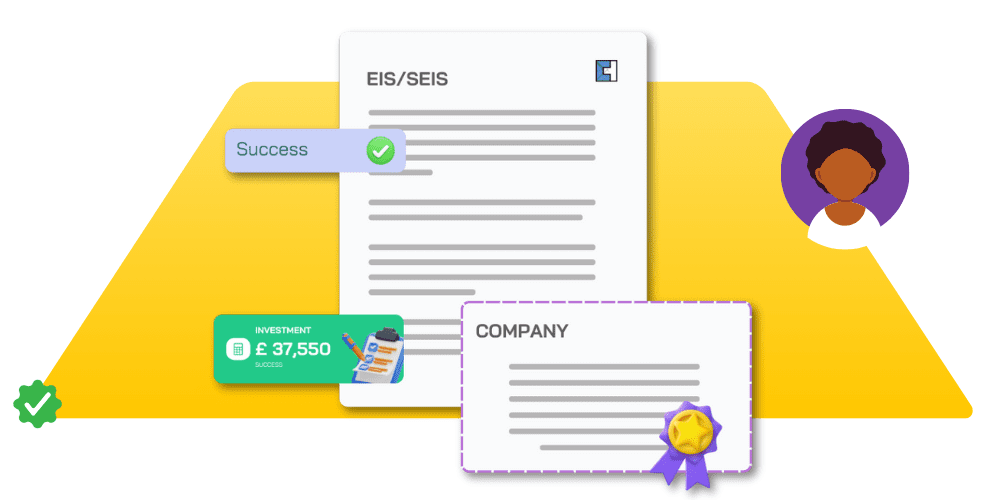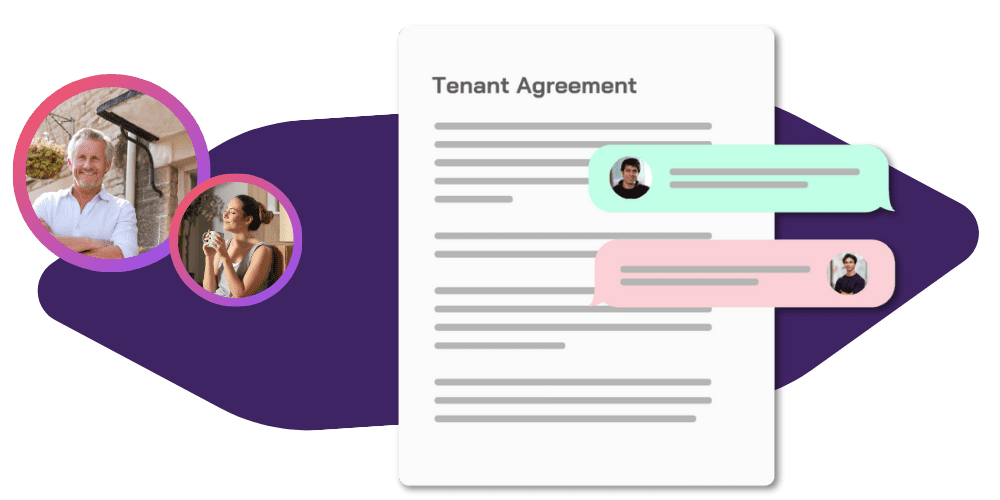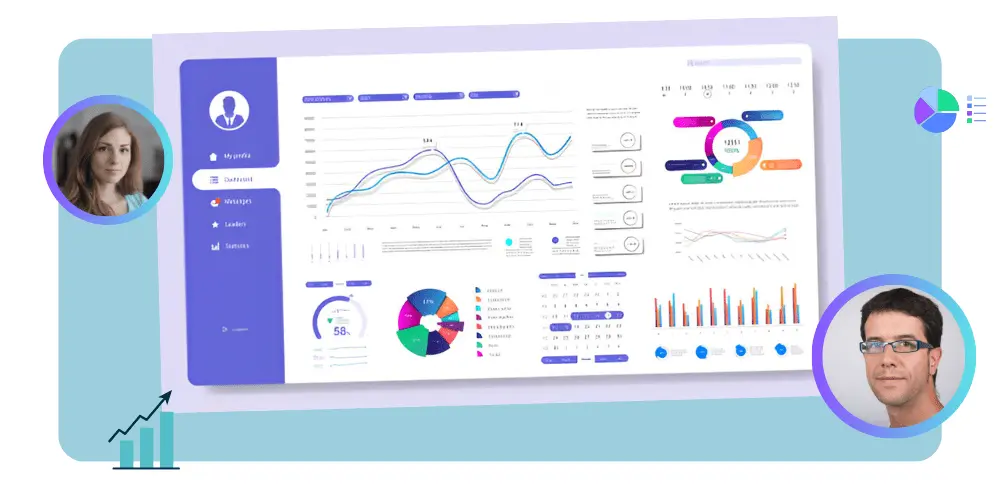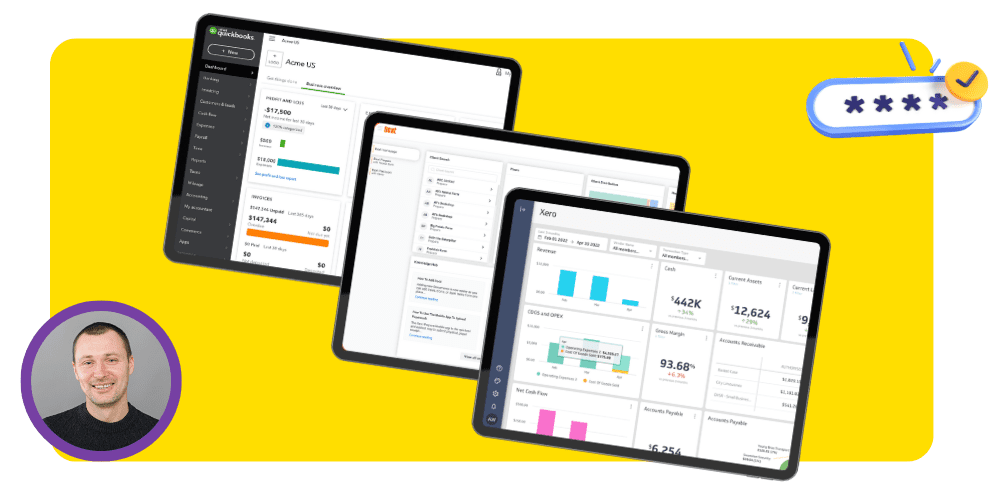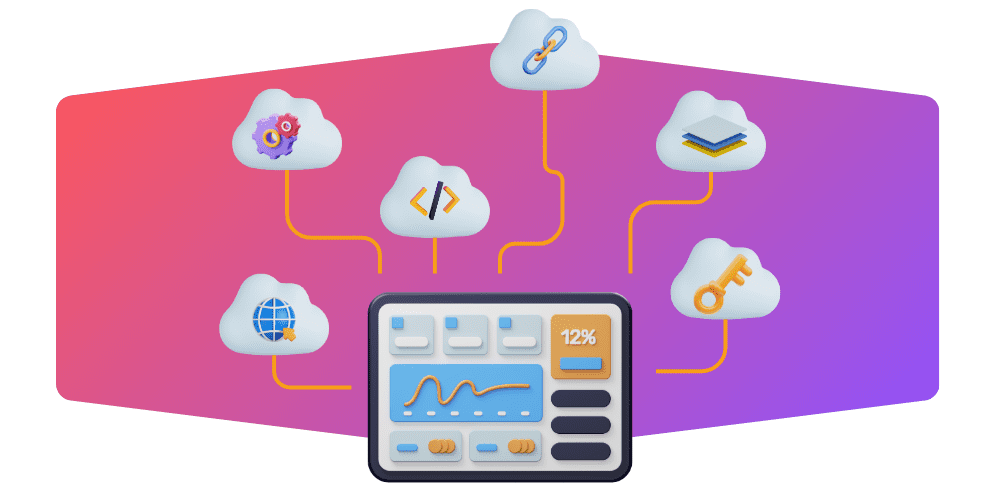Clear House Accountants have curated this guide to the Spring Statement 2022 to ensure you’re up-to-date with the big changes that affect both individuals and businesses. The Spring Budget was announced on 23rd March 2022 by Rishi Sunak, the current Chancellor of the Exchequer. This is a set-piece event in the UK economic calendar and one which always garners a great deal of attention.
This report is only an introduction, and it should not be used as a definitive guide in particular cases. Where required, further guidance should be obtained.
The Chancellor’s big message was that future tax reductions would help families manage the cost of living. You may read the specific measures below.
Rates And Allowances
| Income tax rates – England and Wales (non-dividend income) | 2022/23 | 2021/22 |
|---|---|---|
| 0% lower tax rate – savings rate only | Up to £5,000 | Up to £5,000 |
| 20% basic rate tax | £12,571 to £50,270 | £12,571 to £50,270 |
| 40% higher tax rate | £50,271 to £150,000 | £50,271 to £150,000 |
| 45% additional tax rate | Above £150,000 | Above £150,000 |
| Scottish income tax rates (non-dividend income) | 2022/23 | 2021/22 |
|---|---|---|
| 19% starting rate tax | £12,571 to £14,732 | £12,571 to £14,667 |
| 20% basic rate tax | £14,733 to £25,688 | £14,668 to £25,296 |
| 21% intermediate rate tax | £25,688 to £43,662 | £25,297 to £43,662 |
| 41% higher tax rate | £43,663 to £150,000 | £43,663 to £150,000 |
| 46% top rate | Above £150,000 | Above £150,000 |
| Personal allowance | 2022/23 | 2021/22 |
|---|---|---|
| Personal allowance | £12,570 | £12,570 |
From April 2024, the government will cut the basic rate of income tax to 19% in England and Wales.
The annual personal allowance and tax thresholds are frozen at their current levels despite the fact that inflation has reached 6.2% and is expected to rise even higher. As a result, more individuals and firms will require help navigating the complicated tax system.
National Insurance
From April 2022 the rate of National Insurance contributions across all classes (except Classes 2 and 3) will change for one year. The amount of the contribution will increase by 1.25% which will be spent on the NHS and social care across the UK. This will be replaced by the new Health and Social Care Levy which will take effect from 6 April 2023.
The Chancellor announced that the Primary Threshold and Lower Profits Limit will both increase from £9,880 to £12,570. This aligns the thresholds with the personal allowance.
This increase in National Insurance contributions will apply to:
- Class 1 (paid by employees)
- Class 4 (paid by self-employed)
- Secondary Class 1, 1A and 1B (paid by employers).
Employers will only pay wages that exceed the secondary threshold.
| NI Category | 2022-23 | 2021-22 |
|---|---|---|
| Employee’s primary class 1 rate between the primary threshold and the upper earnings limit | 13.25% | 12% |
| Employee’s primary class 1 rate above the upper earnings limit | 3.25% | 2% |
| Employer’s secondary class 1 rate above the secondary threshold | 15.05% | 13.80% |
| Class 4 rate between the lower profits limit and the upper profits limit | 10.25% | 9.00% |
| Class 4 rate above the upper profits limit | 3.25% | 2.00% |
| National Insurance | 2022-23 | 2021-22 |
|---|---|---|
| Lower earnings limit, primary class 1 (per week) | £123 | £120 |
| Upper earnings limit, primary class 1 (per week) | £967 | £967 |
| Apprentice upper secondary threshold (AUST) for under 21s/25s | £967 | £967 |
| Primary threshold (per week) | £190 up to 5 July 2022; £242 from 6 July 2022 onwards (see below) | £184 |
| Secondary threshold (per week) | £175 | £170 |
| Class 2 small profits threshold (per year) | £6,725 | £6,515 |
| Class 4 lower profits limit | £11,908 | £9,568 |
| Class 4 upper profits limit | £50,270 | £50,270 |
From July 2022, the National Insurance Primary Threshold and Lower Profits Limit for employees and freelancers will rise from £9,880 to £12,570. The latest date that payroll software developers and employers will have time to update systems and make adjustments is July. From April, self-employed people earning between the Small Profits Threshold and the Lower Profits Limit will not pay Class 2 NICS. The Lower Profits Limit, the point below which self-employed individuals are exempt from National Insurance payments, is comparable to an annualised threshold of £9,880 between April and June and £12,570 between July 2022.
Employment Allowance
The benefit for employees with an employer NIC bill of £4,000 or less will rise by £1,000 from £4,000 to £5,000. This increase began in April 2022. The allowance is still limited to employers with an employer NIC bill of less than £100,000 in the previous tax year.
Pensions
The earliest age at which most pension savers can claim their pensions without incurring an unauthorised payments tax charge will rise from 55 to 57 on 6 April 2028, according to the government.
Capital Gains Tax Annual Exempt Amount (After Personal Allowance)
Individual and trust tax allowances are frozen at £12,300 and £6,150, respectively.
Dividend Allowance
The tax-free dividend allowance remains at £2,000. For the 2022/23 tax year, the dividend income tax rates are increased by 1.25% for each category of taxpayers.
| Dividend Tax Rates | 2022/23 | 2021/22 |
|---|---|---|
| Dividend ordinary rate (for dividends within the basic rate band) | 8.75% | 7.50% |
| Dividend upper rate (for dividends within a higher rate band) | 33.75% | 32.50% |
| Dividend additional rate (for dividends above the higher rate band) | 39.35% | 38.10% |
From April 2022, the tax penalty for directors’ overdrawn loan accounts will rise from 32.5% to 33.75%.
Corporation Tax
The corporation tax rate will remain at 19%, although from April 2023, the applicable corporate tax rates will be 19% and 25%. Small company profits of £50,000 or less will be taxed at a rate of 19 per cent.
Enhanced Capital Allowances: Super Deduction
From 1 April 2021 to 31 March 2023, super-dedication allows firms to claim larger deductions for qualifying plant and equipment purchases. In the period of investment, companies can claim:
- Allowances are available with a 130% super-deduction for most new plant and equipment purchases that normally qualify for 18% main-rate writing-down incentives.
- The first-year allowance for 50 per cent of new plant and machinery investments that would otherwise be eligible for a 6% special rate writing down allowance is capted.
Annual Investment Allowance (AIA)
The provision for an Annual Investment Allowance has been extended until March 2023. Businesses will now have until March 2023 to consider making capital investments of between £200,000 and £1m by claiming tax relief on expenditures incurred in the year of investment.
Recovery Loan Scheme
The Recovery Loan Scheme has been changed to allow small and medium-sized businesses an extra six months until 30 June 2022, with the government guarantee decreasing to 70% by 1 January 2022.
Making Tax Digital (MTD)
On 6 April 2024, the minimum turnover threshold for ITSA will be increased from £85,000 to £100,000. This affects landlords and sole traders; their income must exceed £10,000 per year. MTD for ITSA will not be required for general partnerships until 6 April 2025.

VAT
All VAT-registered firms must register for MTD. It was announced in July 2020 that all VAT-registered companies must submit digitally through Making Tax Digital (MTD) starting April 2022, regardless of revenue. HMRC advises VAT-registered organisations to participate in Making Tax Digital for VAT before April 1, 2022.
| VAT | 2022/23 | 2021/22 |
|---|---|---|
| Standard rate | 20% | 20% |
| Registration threshold | £85,000 | £85,000 |
| Deregistration threshold | £83,000 | £83,000 |
The VAT registration and deregistration thresholds will not change for another two years, starting April 1, 2022. Beginning on April 1, 2022, the VAT rate on energy-saving materials in residential housing will be reduced to 0% (currently 5%). This measure will be in effect until March 31, 2027.
Given rising costs and inflation, many small companies will be required to register. The reduced VAT rate of 12.5% will expire on March 31, 2022, when the hospitality industry’s lower VAT rate will revert to the standard rate of 20%.
Losses
The new legislation also allows traders to carry back trading losses for up to three years. This is only applicable if firms incurred accounting periods ending between April 1, 2020, and March 31, 2022, and individuals incurred trade losses for tax years 2020/21 and 2021/22.
Business Assets Disposal Relief (Previously Known As Entrepreneurs’ Relief)
For qualifying disposals, the statutory maximum threshold for losses eligible for business asset disposal relief is £1 million.
R&D
The maximum amount payable under the R&D tax credit scheme to SMES applying for research credits is £20,000 per year plus three times the company’s total PAYE and NIC obligations.
Rates
The business rates multiplier will be frozen from 2022/23. Eligible retail, hospitality, and leisure firms can apply for a new temporary 50% business rates relief.
Inheritance Tax (IHT)
The nil-rate band has been frozen at £325,000 until 2026. The residence nil-rate band for deaths in the following tax years is as follows:
- £100,000 in 2017/18
- £125,000 in 2018/19
- £150,000 in 2019/20
- £175,000 in 2020/21
- £175,000 in 2021/22 and subsequent tax years to 2026.
Time To Pay
To avoid any late-payment penalties, individuals who do not want to pay their taxes after the deadline may create a payment schedule online via GOV.UK by March 31, 2022.
Pensions
The pension lifetime allowance will continue to be £1,073,100 until April 2026.
Annual Tax On Enveloped Dwellings (ATED)
The administration fee is automatically adjusted by the ATED each year in line with consumer price inflation (based on the previous September’s Consumer Prices Index).
| Annual Tax On Enveloped Dwellings (ATED) | 2022/23 | 2021/22 |
|---|---|---|
| More than £0.5m but not more than £1m | £3,800 | £3,700 |
| More than £1m but not more than £2m | £7,700 | £7,500 |
| More than £2m but not more than £5m | £26,050 | £25,300 |
| More than £5m but not more than £10m | £60,900 | £59,100 |
| More than £10m but not more than £20m | £122,250 | £118,600 |
| More than £20m | £244,750 | £237,400 |
Conclusion
On March 23, 2022, the Chancellor of the Exchequer delivered his Spring Statement. Although this was not originally intended to be a fiscal event, several tax proposals were made. In addition, the Chancellor released a “Tax Plan” for the remainder of Parliament. We have tried to cover all the key points, but the guide is not definitive, and in certain cases, you might need to consult a professional accountant.




